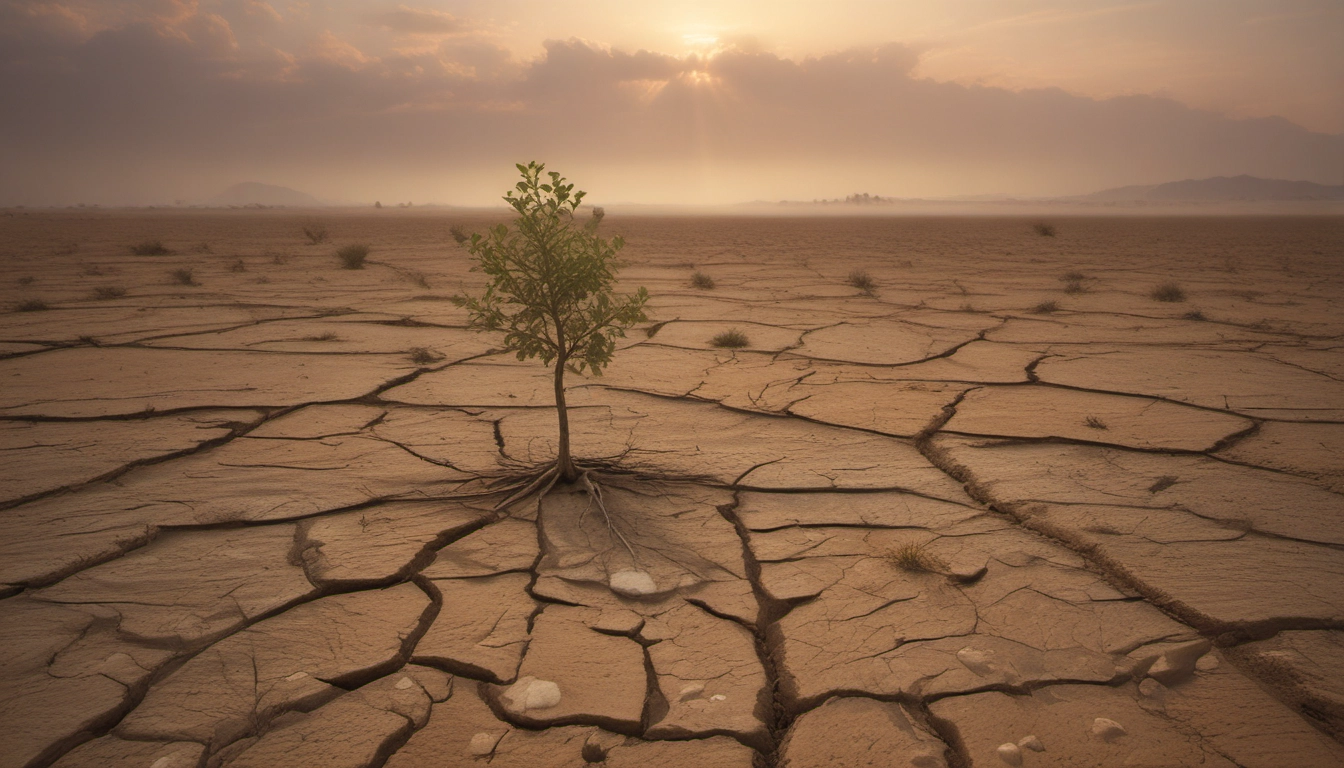Native Forest Logging: A Guide to the Impacts
Native forest logging adds emissions, destroys wildlife habitat, and harms communities. This guide explains the impacts and practical steps to act.

Quick answer: Why native forest logging matters
Native forest logging is cutting down wild forests that grew naturally. It adds greenhouse gas emissions, destroys homes for plants and animals, costs taxpayers, and harms Indigenous communities. Experts say protecting native forests can help meet climate goals and protect biodiversity (Guardian).
How does native forest logging affect the climate?
Trees store carbon. When forests are logged, much of that carbon is released into the air.
Scientists estimate native forest logging can produce huge emissions. For example, logging in Tasmania was compared to the pollution from about 1.1 million cars each year (Guardian). Protecting intact forests avoids those emissions and keeps carbon locked in trees and soil (RSV).
Key points
- Logged forests emit carbon that raises greenhouse gases.
- Intact forests act like big carbon banks and slow climate change.
- Stopping logging is a quick way to avoid new emissions.
How does logging harm wildlife and biodiversity?
Native forests are homes for many plants and animals. Logging removes shelter, food, and nesting places. It can fragment forest areas with roads and clearings.
Research shows logging in one region of Australia overlapped with the ranges of many threatened species. Between 2000 and 2022, New South Wales logged about 435,000 hectares of native forest and woodland that overlapped with at least one threatened forest-dependent species (Conservation Biology).
Why fragmentation matters
When forests are split into small patches, animals struggle to find mates, food, or safe places. Some species only live in old, undisturbed forests. Logging can slowly degrade forests, changing which plants and animals can survive there (NRDC).
What are the economic impacts?
Logging can look profitable in the short term, but studies show other uses of forests often earn more over time. In Victoria, tourism and parks in one region delivered far more to the local economy than native forest logging. Environmental accounting found nature-based tourism in the Central Highlands contributed about 20 times more to regional GDP than logging (RSV; Frontier Economics).
Some public logging also depends on government subsidies. This means taxpayers can pay to run logging while getting less public benefit than if forests were protected and used for tourism, water, or carbon storage.
How are Indigenous peoples affected?
Many Indigenous people have cared for native forests for generations. Logging can remove sacred places, food sources, and cultural sites. It also harms livelihoods that depend on healthy forests. International and local groups warn that deforestation and logging threaten Indigenous rights and culture (Earth.Org).
Legal and policy context
In some countries, laws try to protect forests but contain gaps. In Australia, for example, there are Regional Forest Agreements and national laws like the Environment Protection and Biodiversity Conservation Act. Experts and doctors have called for removing exemptions that let overharvesting continue and for stronger national rules to protect high-conservation forests (Doctors for the Environment Australia).
Policy choices also matter in the U.S. and elsewhere. New directives can increase logging on public land, while other reforms aim to limit clearance and protect wildlife. These choices change how forests are managed and who benefits (White House).
What do experts recommend?
- Protect old growth and high conservation value forests: Permanently protect areas that are rare, store a lot of carbon, or house threatened species (Doctors for the Environment Australia).
- Use plantations for timber: Shift wood supply to sustainably managed plantations rather than native forest clearing.
- Fix legal gaps: Remove exemptions and strengthen national environmental laws so they stop large-scale clearing.
- Invest in conservation economies: Support jobs in tourism, restoration, and sustainable forest management that pay more long-term benefits to communities (RSV).
Quick comparison: Key impacts
| Issue | Logging | Protecting forests |
|---|---|---|
| Climate | Releases stored carbon | Keeps carbon locked in trees and soil |
| Biodiversity | Removes habitat and fragments ecosystems | Protects threatened species and intact ecosystems |
| Economy | Short-term timber jobs, often taxpayer support | Long-term tourism and ecosystem services value |
| Culture | Can damage Indigenous sites and livelihoods | Supports cultural practices and land stewardship |
Practical steps: How you can help
Here are simple actions you can take now.
- Learn and share: Read expert sources and tell friends why native forest protection matters (Guardian, DEA).
- Contact decision-makers: Send a short message to your local representative asking for stronger forest protection and removal of harmful exemptions.
- Choose products wisely: Prefer timber from certified, plantation, or recycled sources when possible.
- Support Indigenous-led conservation and local restoration projects.
Trend insight: Scientists and public groups increasingly link forest protection to national emissions targets. Protecting native forests is now seen as a fast, cost-effective climate action in many places (Guardian).
Citizen action: Write one short email this week to your representative asking them to support policies that protect old growth forests and close loopholes that allow overharvesting.
Where to read more
- Guardian: native forest logging and emissions (Australia)
- Doctors for the Environment Australia: position statement
- Conservation Biology: logging impacts on threatened species
- NRDC: deforestation and forest degradation
- RSV: intact forests and climate benefits
Bottom line
Native forest logging is not just a local issue. It touches climate, wildlife, money, and culture. Protecting native forests is a clear, evidence-based action that helps slow climate change and save species. You can help by learning more, speaking up, and choosing forest-friendly products.


